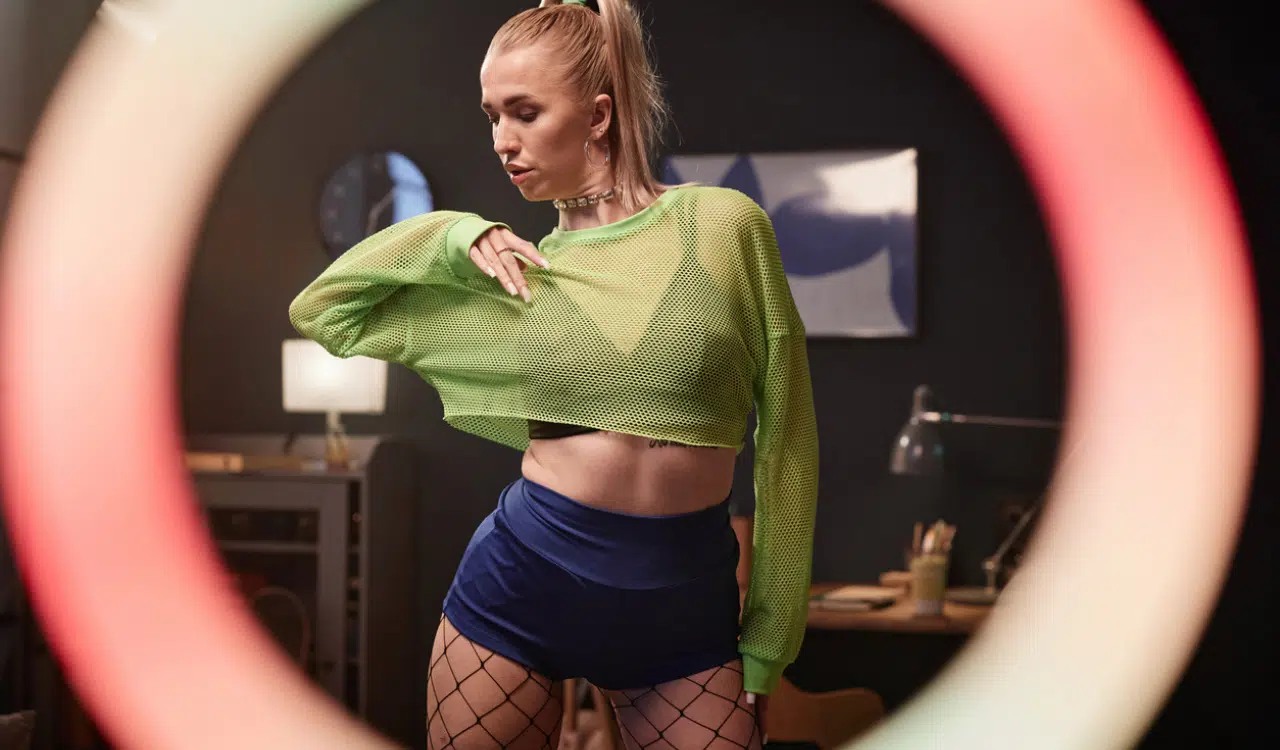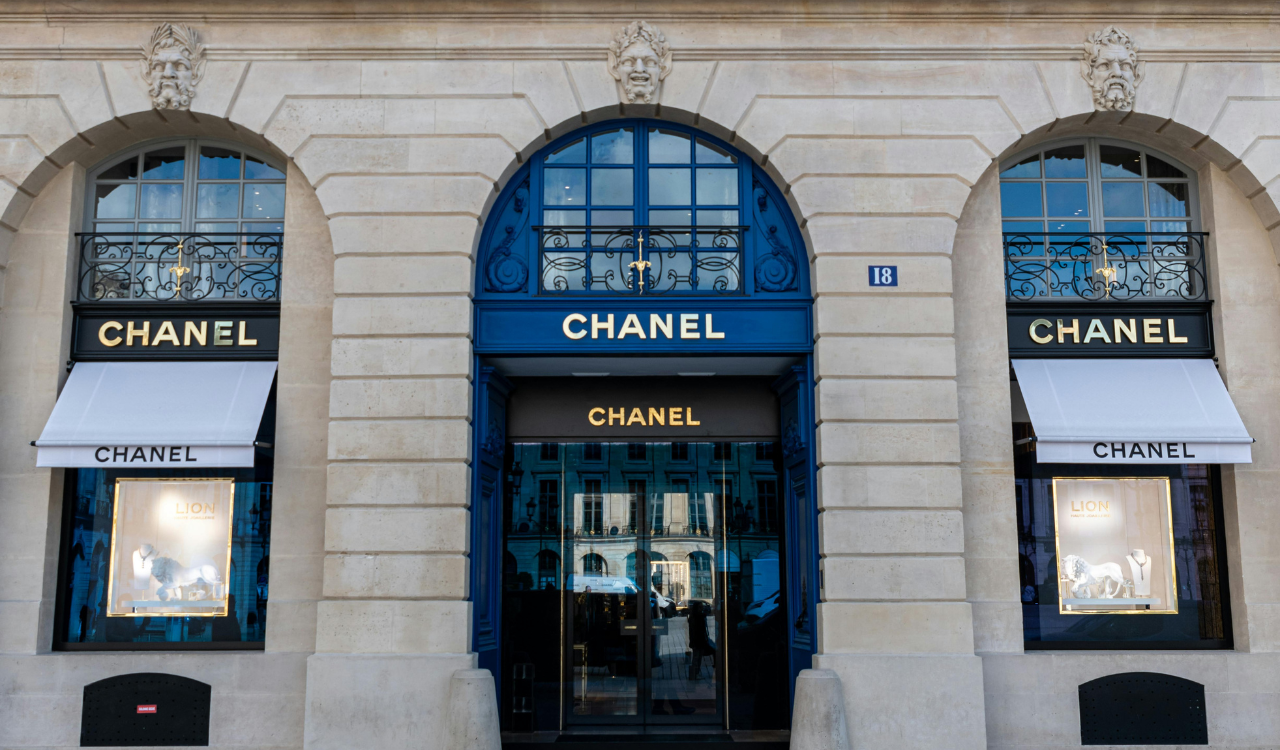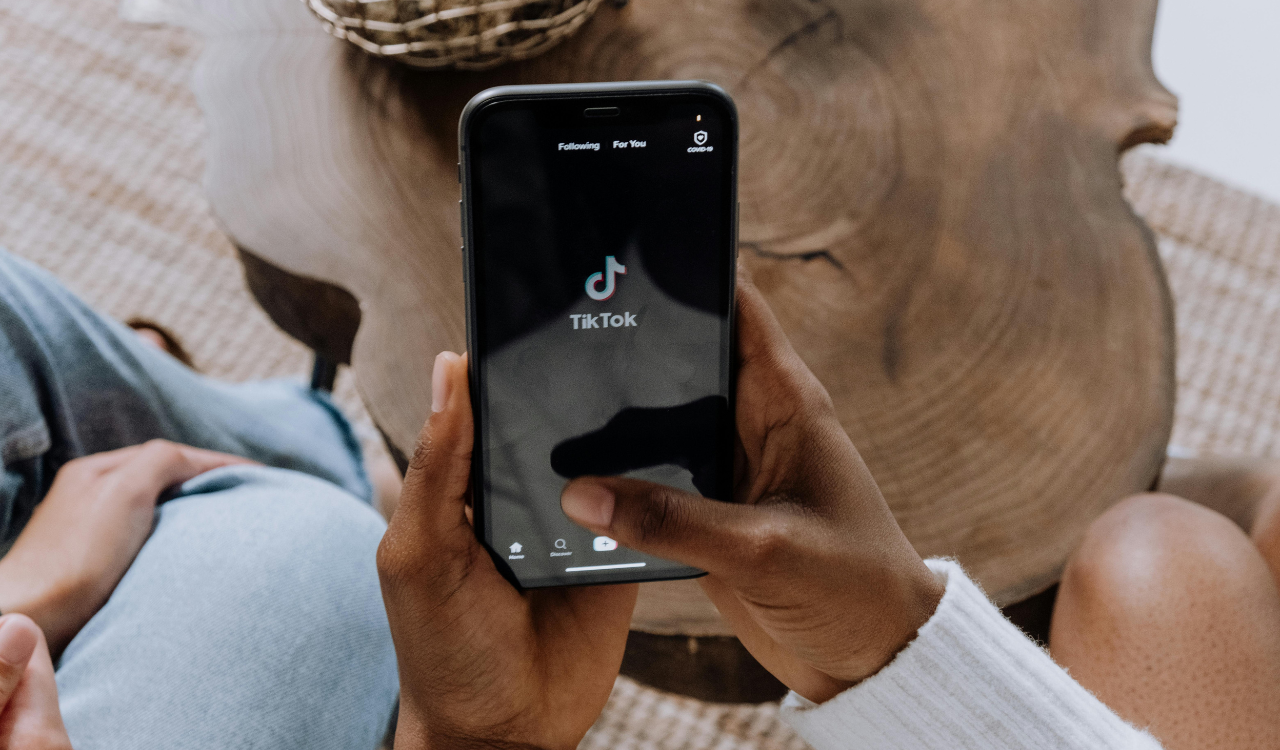Are retailers onto the indie sleaze movement? Indie sleaze and grunge are all grown up, and they’re redefining how next gens shop for clothes. Google estimates that, as of July 2025, #grungecore has accumulated 13 million views on TikTok. But that’s nothing. According to Lily.AI, #indiesleaze already had over 164.6 million views on TikTok back in 2024. TikTok trend data can be used to inform promotion, marketing, and merchandising strategies, helping retailers act on microtrends before they become ubiquitous.
Grunge fashion originated in rebellion to the preppy, highly stylized aesthetic of the 80s –– that much Aquanet in the atmosphere would inspire anyone to rebel. Whereas, depending on who you ask, indie sleaze saw its heyday between 2007 and 2012. Both trends encapsulate a distinctively subversive subculture; remember, it’s rarely just fashion to the person wearing it: It’s the frequency to which they attune their lives, influencing their music, home décor, hobby, and even sports purchases (pickleball, anyone?).
Indie sleaze and grunge are distinctive styles, but they’re both back with a vengeance in response to the recent push to bring back a “clean girl” aesthetic and fashion that’s bifurcated by traditional gender roles. But which staples define each style? How are they distinct from past iterations, and how can you find the sourcing sweet spot for your customer base?
If the staple of grunge core is tartan plaid, indie sleaze’s core staple is a pair of frayed black skinny jeans. Now that the trend is experiencing its second life, it’ll be rooted in structured workwear blazers and motorcycle jackets, rather than the greasy hair and smudged mascara still haunting millennials’ dreams.
The Evolution of Indie Sleaze
It’s as if indie sleaze originated when all the little girls who grew up reading fashion magazines obsessed with “transitioning from day to night” went to college and got day jobs. The indie-sleaze aesthetic is comprised of many things––tangled hair, day-after eyeliner, and say something boots, for starters. However, what really makes indie sleaze unique is that it combines “day” looks like tailored blazers and ruffled blouses with maximalist “night” looks like sequins and motorcycle jackets. Think of indie sleaze as where day and night meet, but with neon brights in the mix.
In 2024, we saw people talking about indie sleaze again; it’s first emergence was in response to a global recession. But the 2008 indie sleaze was more deconstructed and grittier than the high fashion looks we’re seeing this time around. The music influencing the trend informs this shift. In the early aughts, the trend was inspired by indie rock bands like MGMT and the Yeah Yeah Yeahs. Electronica artists like Crystal Castles are driving the trend this time around. And the probability of every look (or lack thereof) living forever on social media means that next gens still pull themselves together with more polish than millennials did during their go-round.
Could the indie sleaze resurgence be high fashion brands’ attempt to win back thrift and consignment shoppers? It would certainly be strategic for more luxury retailers to implement the trend. Mass retailers, on the other hand, can use this moment to spotlight designers with a more accessible price tag, whether that be via consignment goods, micro brands, or local artisans that fit with the music-first vibe.
Differences: Indie Sleaze & Grunge Core
All too often, indie sleaze is looped in with its stonier cousin, grungecore. But lumping the trends together overlooks the neon brights and workwear staples that make indie sleaze so distinctive. We know that indie sleaze arose during the 2008 recession, and grunge fashion originated in the 80s and 90s. While early grunge arose in rebellion to preppy 80s aesthetics, the clean girl makeup aesthetic that arose alongside the quiet luxury trend inspired its rebirth.
Indie is sleaze rooted in music. Grungecore is arguably rooted in subculture, with musicians like Nirvana’s Kurt Cobain as timeless mouthpieces of the movement. Considering that grunge has anti-establishment rhetoric at its core, grungecore has taken a surprisingly preppy turn in 2025 with full body plaid looks more reminiscent of what you’d see on a putting green than a Pearl Jam concert.
Understanding these aesthetic nuances can help retailers build assortments and promotional materials that resonate: A grungecore shopper may be looking for oversized knits, while an indie sleaze customer may want gender neutral metallics. If the staple of grungecore is tartan plaid, indie sleaze’s core staple is a pair of frayed black skinny jeans. Now that the trend is experiencing its second life, it’ll be rooted in structured workwear blazers and motorcycle jackets, rather than the greasy hair and smudged mascara still haunting millennials’ dreams.
The Second Trend Lifecycle
Let’s call these trends what they are: cultural capital that can fast-track the process of reaching next gen consumers. But retailers can’t mimic the indie sleaze or grungecore trend without understanding the zeitgeist behind them. That understanding can inform everything from visual merchandising to sourcing decisions to influencer partnerships. These aren’t just fashion aesthetics—they’re cultural reactions to economic instability, political unrest, and the sanitized sheen of quiet luxury. Born from rebellion and shaped by the music of their time, these trends have always been less about looking polished and more about making a statement. So, while the silhouettes might evolve, the energy should still feel subversive, a little chaotic, and deeply personal.
Now that indie sleaze is a little less sleazy, it gives retailers the license to experiment with maximalism again. Neon brights, pleather pants, one-shoulder tops, party-girl bags, stacked accessories, and bodycon dresses all have a place. For customers who prefer more structured or mature ensembles, the trend has tailored blazers and eveningwear that is a more daring counterpoint to the clean girl minimalism of recent years. While grungecore leans into the 90s flannel trend, plaid pants, and combat boots, there’s also trend crossover appeal in the unisex basics reminiscent of peak American Apparel: slouchy tanks, deep V-necks, and no-fuss layering.
In implementing these trends, the key is knowing what’s realistic for your core customer. Maybe it’s a single going-out outfit, a great unisex tartan shirt, or a 90s indie sleaze Spotify playlist. Maybe it’s an Instagram photo carousel of indie rock stars from the early 2000s wearing lookalike pieces to items you have in-store. Just remember that, for next gens, fashion isn’t about dressing up—it’s about showing up as yourself. Stock the pieces that let them do that in a way that feels authentic to them, and you’ll have loyal customers for life.





